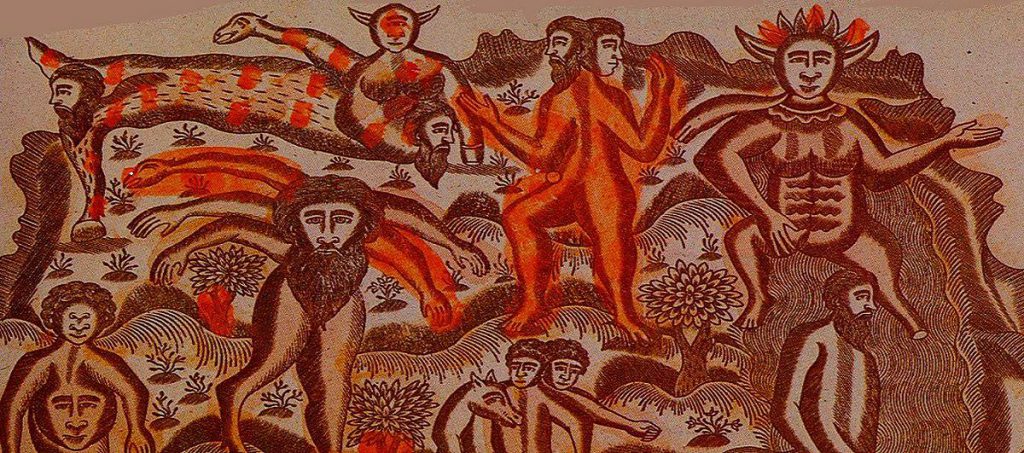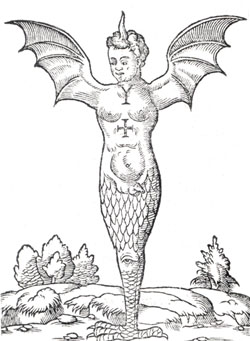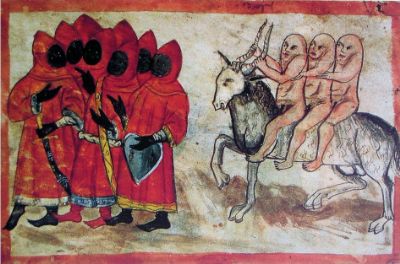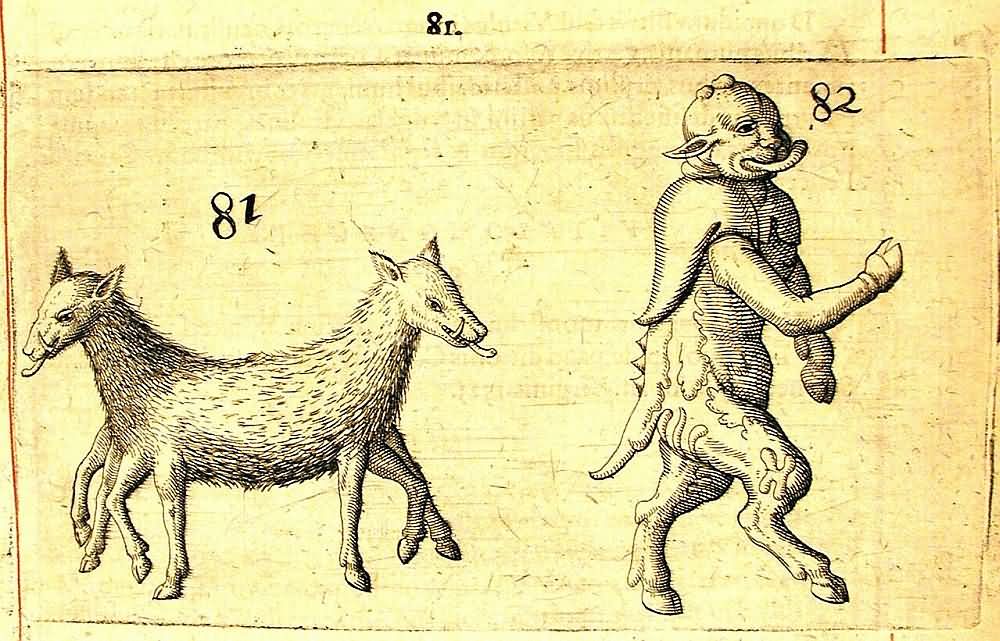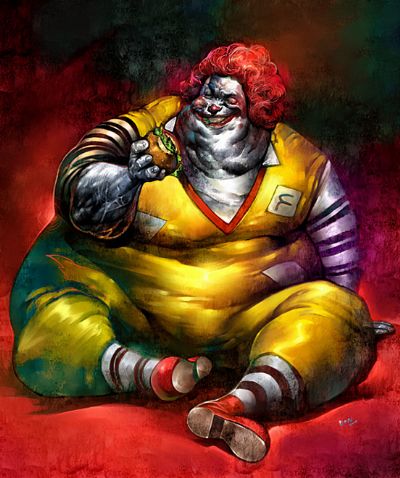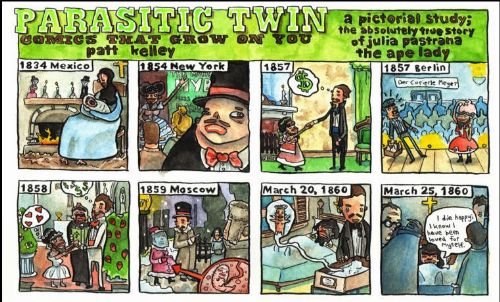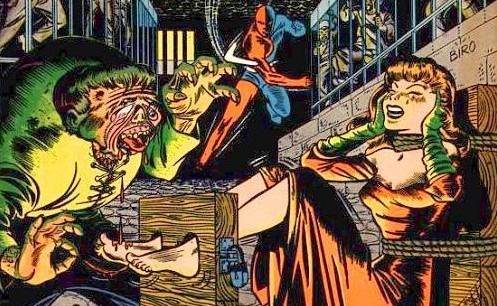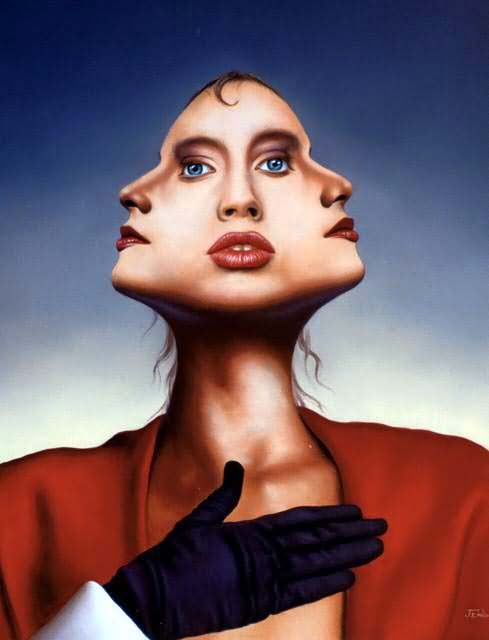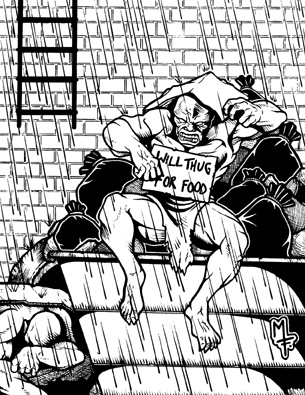Ideas in Society, 1500-1700
One of the most famous collections of prodigies was that of Pierre Boaistuau (d. 1566), Histoires prodigieuses, extraictes de plusieurs fameux autheurs, grecs & latins, sacrez & prophanes mises en nostre langue (Paris, 1567). Very widely documented in many contemporary publications, the monster of Ravenna was one of the earliest monstrous births to attain international … Read more

